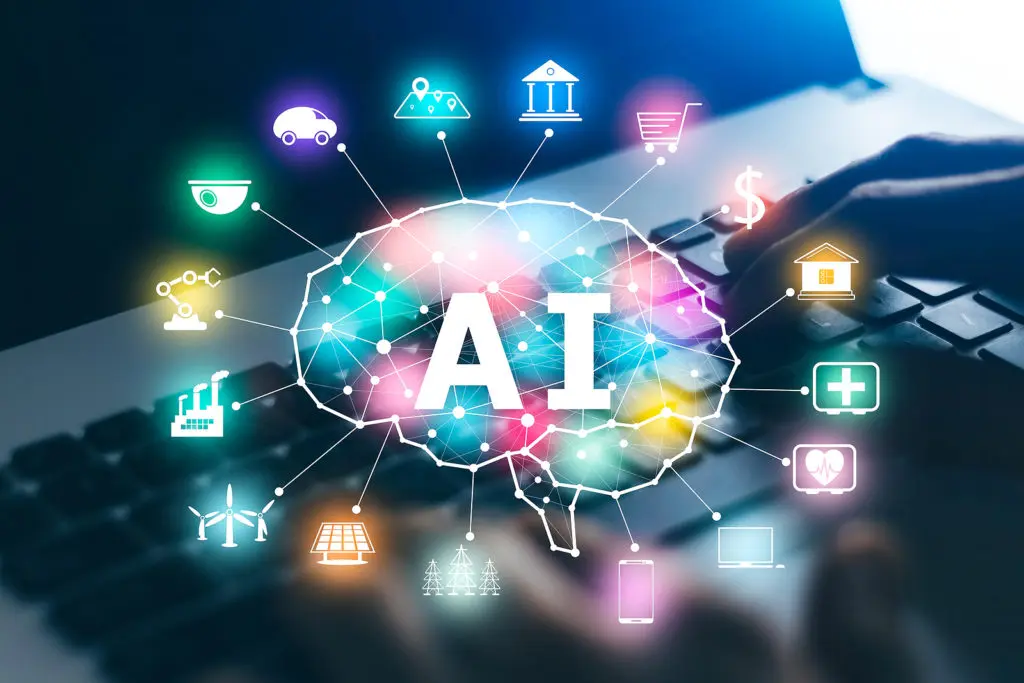The way we develop software, lead teams, and operate businesses is drastically changing with artificial intelligence (AI). This change, when paired with agile approaches, is usually referred to as agile AI — a new era where intelligent automation, real-time insights, and ongoing learning redefine what’s possible in software development and more.
Let’s examine how agile AI is altering the landscape, its pros and cons, and how businesses can use it to their advantage for long-term benefits.
What is Agile AI?
Integrating AI technologies into agile processes is the fundamental component of agile AI. Iterative development, quick feedback, and flexibility are the main focuses of traditional agile approaches. Teams can increase quality, speed up delivery, and unleash new levels of creativity by integrating AI technologies like automation, machine learning, and natural language processing. Agile AI is about better, more creative, and responsive problem-solving in general, not just quicker software.
How AI is Transforming Software Development
Here are a few ways AI is reshaping every stage of software development.
Speeding Up the Software Lifecycle
- Requirement Gathering: AI-powered tools can turn loose ideas into clear user stories and requirements, reducing misunderstandings and saving time.
- Coding: Generative AI models now interpret plain-language descriptions and produce code snippets or even entire modules, allowing developers to move from concept to prototype in record time.
- Testing and Debugging: AI-driven testing tools automatically generate test cases, detect bugs, and suggest fixes, ensuring higher code quality with less manual effort.
- Deployment and Monitoring: Machine learning algorithms predict deployment risks, automate rollbacks, and offer real-time performance insights, making releases smoother and safer.
Boosting Productivity and Quality
By automating repetitive tasks and providing intelligent suggestions, AI frees developers to focus on complex challenges and creative solutions. This not only increases productivity but also reduces errors, leading to more robust and maintainable software.
Enhancing Collaboration and Learning
AI-powered platforms learn from team interactions and previous projects to enable real-time collaboration. They can identify possible problems, suggest fixes, and assist teams in learning and adapting more quickly than in the past.
Examples of Intelligent Agility in Use
Agile AI is already being used across many industries and applications. For example, in software development, AI helps Agile teams prioritize backlog items and predict project risks. This allows for faster and more informed sprint planning.
Marketing teams also use AI to analyze real-time customer feedback, allowing them to quickly adjust campaigns and content strategies. In manufacturing, AI-driven systems monitor production lines and alert teams to potential issues, supporting rapid responses and continuous improvement.
Other industries that use agile AI include:
- Finance: AI automates fraud detection, risk analysis, and customer service, making financial operations more agile and secure.
- Healthcare: Intelligent systems streamline diagnostics, patient management, and drug discovery, improving outcomes and efficiency.
The Benefits of Agile AI
Agile AI is more than a buzzword—it brings tangible advantages to organizations of all sizes:
- Faster Delivery: Automation and smart code generation cut development time dramatically, helping teams respond to market needs quickly.
- Improved Quality: AI-driven testing and analytics catch issues early, resulting in more reliable software.
- Cost Savings: By reducing manual work and optimizing resource allocation, organizations can lower development costs.
- Scalability: AI enables rapid scaling of teams and projects, especially with low-code and no-code tools that empower non-developers.
- Greater Innovation: With routine tasks automated, teams can focus on creative problem-solving and strategic initiatives.
Potential Challenges to Consider
Artificial intelligence is revolutionizing the business landscape, but there are still some challenges to consider.
Ethical and Data Concerns
With AI taking on more decision-making, organizations need to ensure ethical use and data integrity. Addressing bias in AI models, maintaining transparency, and complying with privacy regulations are essential for responsible adoption.
Integration Hurdles
Blending AI tools with existing agile workflows and legacy systems can be complex. Success requires careful planning, effective change management, and ongoing training for teams.
The Human Factor
Despite AI’s growing capabilities, human expertise is still important. The best results come from a partnership where AI handles repetitive or analytical tasks, while people provide creativity, empathy, and strategic thinking.
How to Get Started With AI
Although companies may face challenges working with AI, it can still be implemented successfully. To make the most of agile AI, organizations should:
- Start Small: Pilot AI tools in targeted areas before rolling them out more broadly.
- Invest in Training: Equip both technical and non-technical team members to work effectively with AI.
- Iterate and Improve: Use agile principles to continuously refine AI models and workflows.
- Promote Collaboration: Foster cross-functional teams and open communication to ensure alignment.
- Monitor Impact: Regularly assess AI’s effect on productivity, quality, and team satisfaction, and adjust strategies as needed.
What’s Next For Agile AI?
Looking ahead, agile AI is set to become the norm rather than the exception. Industry experts predict that within a few years, most software projects will incorporate AI tools, with generative AI and automation becoming standard features in development environments.
We can expect:
- More Accessible Development: Low-code and no-code platforms will empower non-developers to build solutions, democratizing innovation.
- Smarter Automation: AI agents will manage entire workflows, from ideation to deployment and beyond.
- Personalized Experiences: AI will adapt to individual coding styles, learning preferences, and project needs.
- Broader Applications: Agile AI will continue to expand into fields like education, logistics, creative industries, and more.
Enter the Age of Intelligent Agility
Agile AI is a fundamental change in the way we solve problems, work together, and develop, not just a technical advancement. Organizations can get access to previously unheard-of levels of speed, quality, and innovation by leveraging the intelligence of AI with the adaptability of agile.
But this new era also calls for careful adoption, ethical behavior, and an understanding that humans are still at the center of any effective change.
Are you ready to unlock agile AI’s potential? Contact us at LitheSpeed to learn more about how our AI-enabled agile services can scale your organization intelligently.

